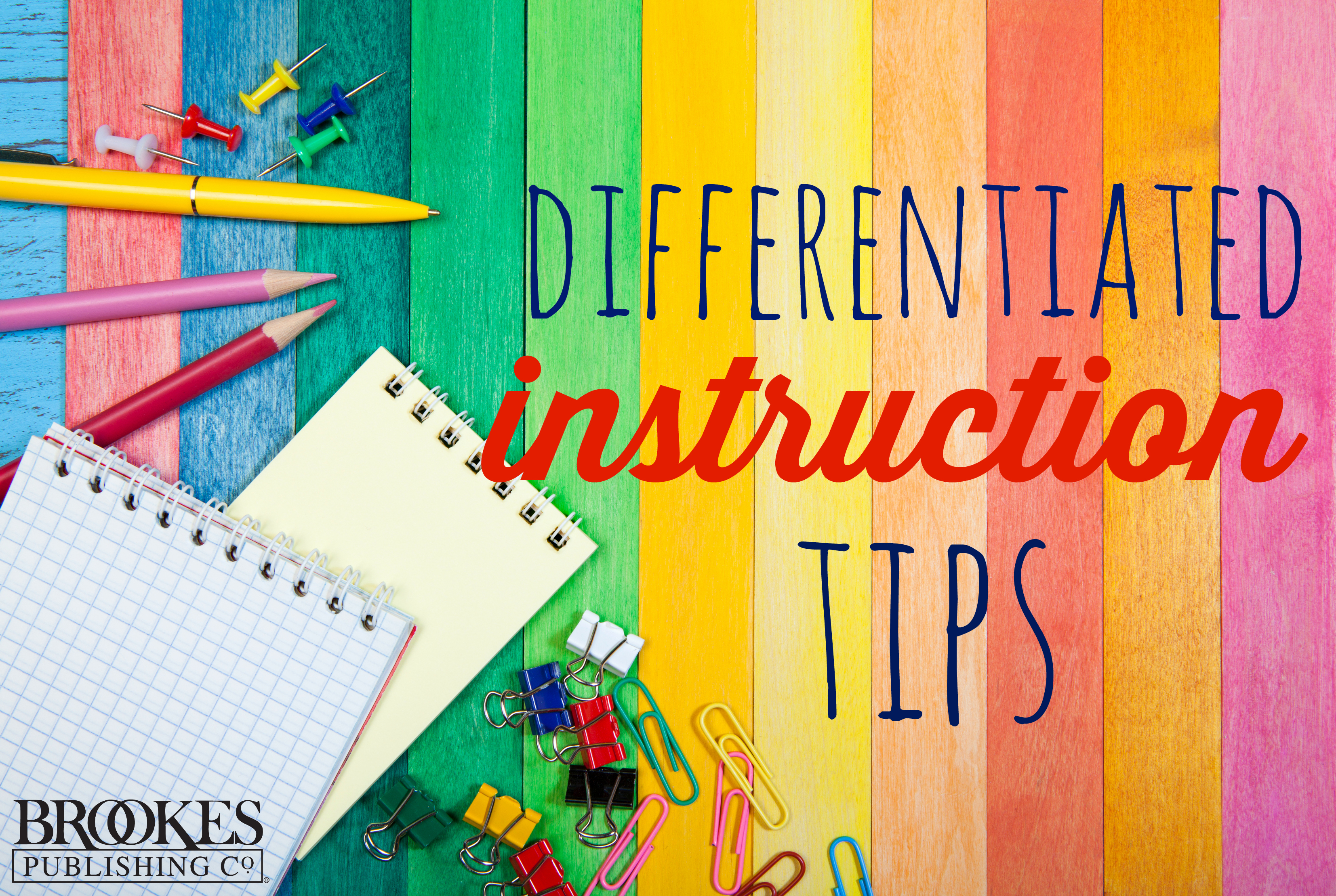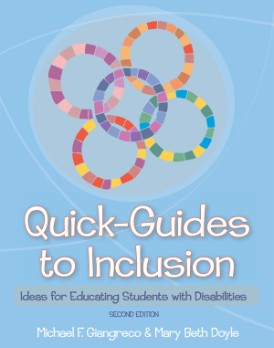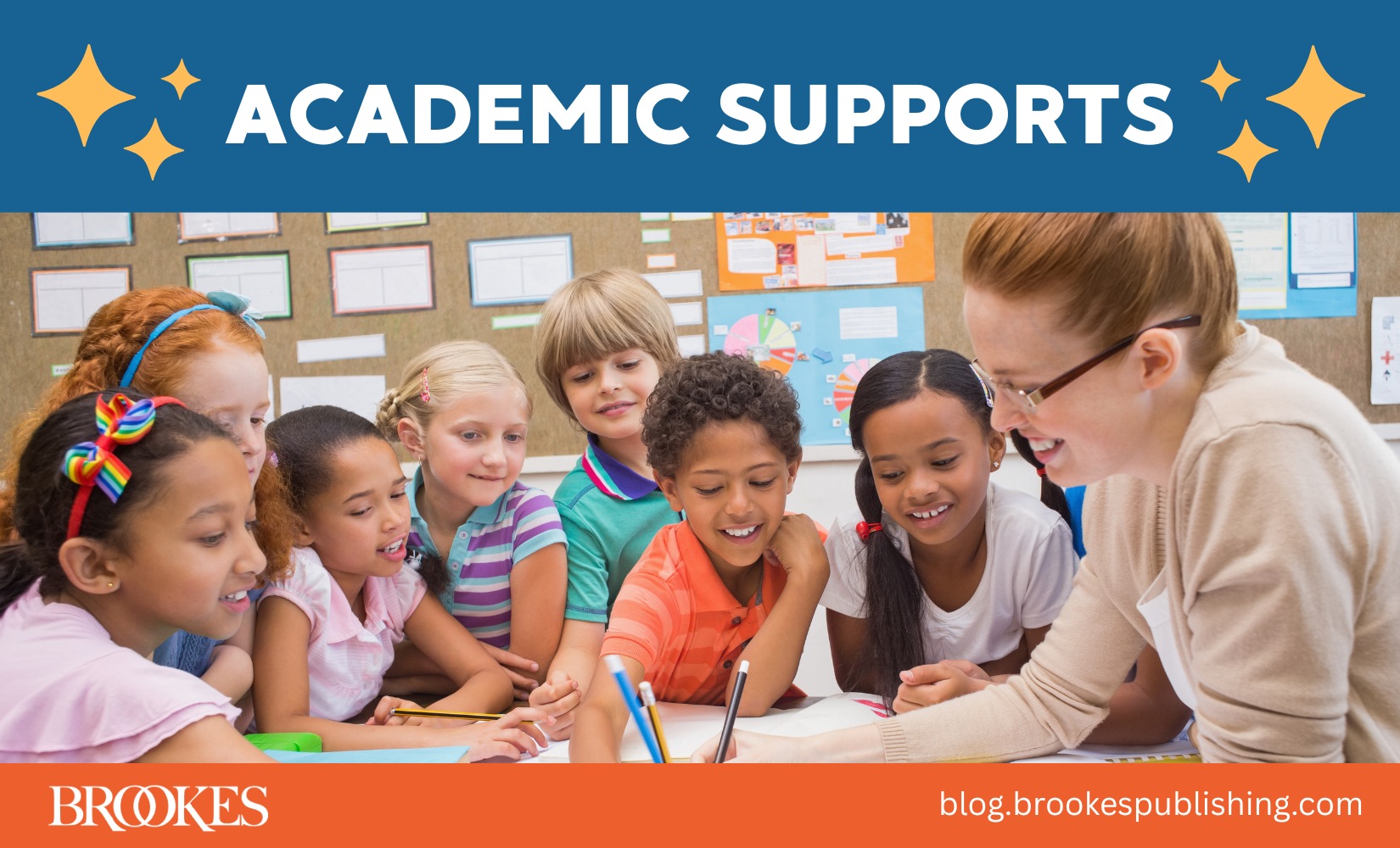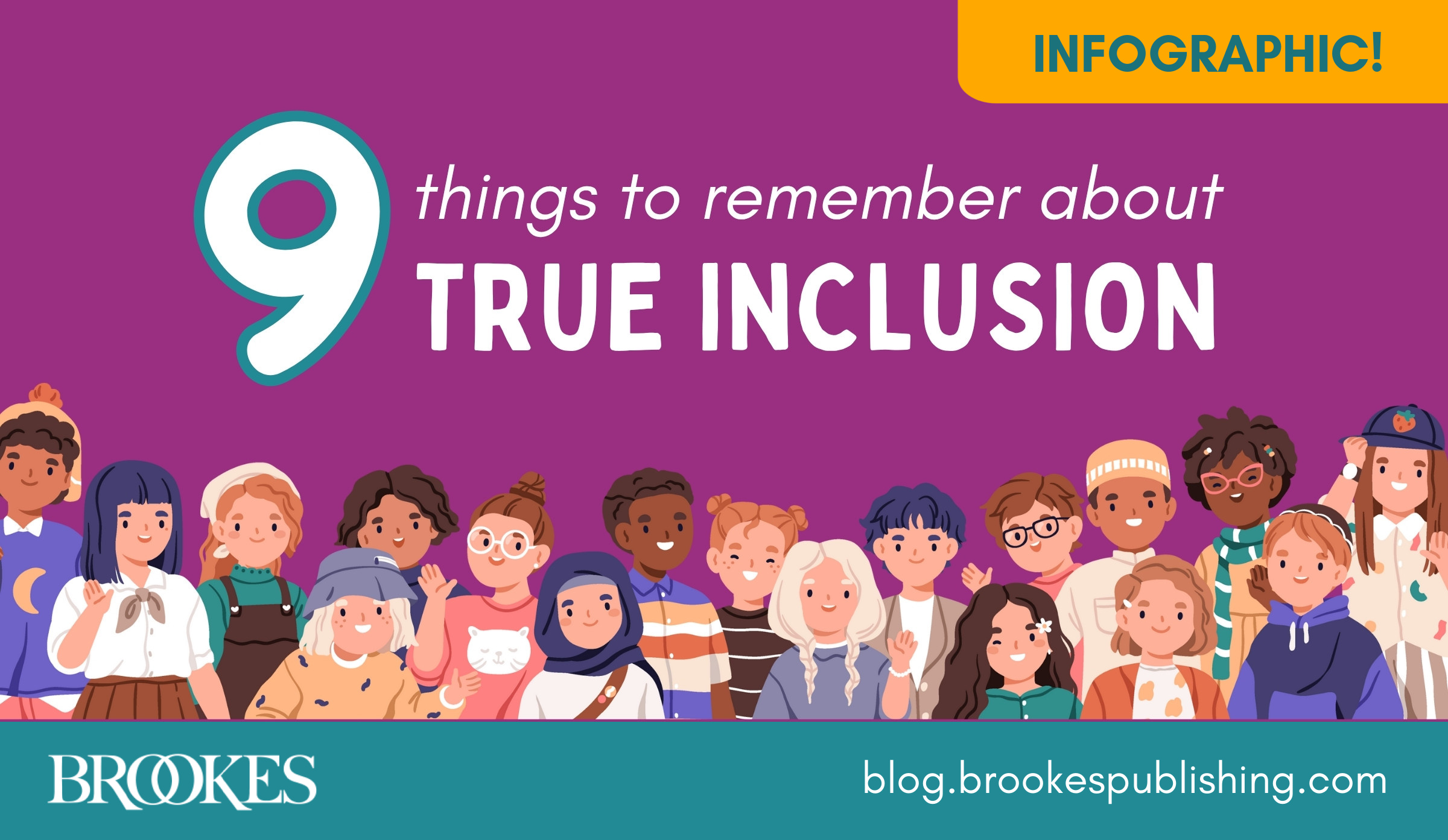Differentiated Instruction: 7 Key Principles and How-Tos
April 5, 2016
Research shows that differentiated instruction is one effective method for meeting the needs of all learners. But if you’re teaching a classroom with 30 diverse students, all of them with different strengths and needs, it can be hard to know where to begin.
 Adapted from the book Quick-Guides to Inclusion, edited by Michael Giangreco & Mary Beth Doyle, today’s post lays out 7 principles of differentiated instruction and provides classroom examples for each one. It gives teachers new to differentiation a jumping-off point for their instruction (and it’s a great source of ideas for educators who already differentiate).
Adapted from the book Quick-Guides to Inclusion, edited by Michael Giangreco & Mary Beth Doyle, today’s post lays out 7 principles of differentiated instruction and provides classroom examples for each one. It gives teachers new to differentiation a jumping-off point for their instruction (and it’s a great source of ideas for educators who already differentiate).
Develop a Community Respectful of Diversity
All students want to contribute, be respected, and be cared about. Your classroom will provide fertile ground for helping students learn how to value differences, appreciate commonalities, and come to deeper understandings of such complex issues as fairness, cooperation, equity, and justice.
What it looks like:
- A fifth-grade teacher establishes expectations in context of teaching about the preamble of the U.S. Constitution. After learning about the purpose, the students create their own preamble that will guide their behavior throughout the year.
- In a first-grade class, students identify four to five classroom expectations. The students then work in small groups, with each group painting a picture of classmates following the expectation successfully. The pictures are displayed in the classroom to remind the students to follow their expectations.
Create a “Working-With” Learning Environment
Creating a “working-with” environment means that teachers and students share decisions about instructional activities, routines, ways in which students might work together, and how students can demonstrate learning. Teachers who create “working-with” learning environments encourage students to build responsibility for monitoring their work habits, self-assessing their quality of work, and helping make decisions about how the classroom is functioning.
What it looks like:
- A second-grade teacher asks students to reflect on their progress toward important benchmark skills and establish a goal to assist them in making progress toward mastery.
- During a fifth-grade class meeting, a teacher asks her students to discuss how different tasks might be assigned in order to complete a cooperative group project.
- An eighth-grade teacher frames the targeted learning outcomes for an upcoming unit and asks her students to work in small groups to brainstorm instructional activities that would assist the students in reaching their benchmarks.
Ensure that All Students Have Access to the Curriculum
In fair and equitable inclusive classrooms, the general curriculum must be accessible to all students. As teachers plan how to ensure accessibility to the curricular content, they should consider a variety of options for differentiation, in the depth and breadth of content and in how each student best acquires the content.
What it looks like:
In a science unit on insects, a third-grade teacher encourages some students to explore how different insects adapt to environmental factors. Her plans for other students involve identifying familiar insects and investigating their characteristics. A few students will spend several days in the library doing research. In preparing for the unit, she gathers a tub of varied resources that include grade-level reading material, resources rich with photographs and light on words, audiotapes, a list of websites, and several 3D models of insects. In collaboration with a special education colleague, she has also included a teacher-made “unit dictionary” that captures essential vocabulary words and concepts.
Expand Your Instructional Repertoire
Teachers should continually expand their instructional repertoire to better meet the diverse needs of students. Start with just a few of your favorite strategies and push yourself to incorporate greater differentiation within those strategies. Don’t forget to use your students as resources; they can share responsibility in suggesting various routes to a common destination.
What it looks like:
A language arts teacher strives for all students to reach mastery in understanding the element of setting. Using their knowledge of the students, the teacher creates multiple instructional options:
- A student who is still learning English uses a sequential graphic organizer to identify aspects of setting. This student also has access to a picture dictionary.
- Another student uses a software program that provides a list of descriptive terms and then creates a web of categories.
- Two other students work together to create an alternative setting and then analyze how the new setting would alter the story.
- After all the students have had opportunities to understand setting, the teacher facilitates a large group activity in which students share their understanding of the role of setting in literature.
Assess Throughout Your Instruction
Assessment and differentiation are integrally linked. Formative assessment, done at the beginning of instruction, informs you about the range of “starting points” for each student. Summative assessment, done at the end of instruction, provides feedback about how well students have mastered learning outcomes. In the spirit of differentiation, summative assessment should also allow for individual differences and strengths. Be creative, think inclusively, and ask students how they can best demonstrate what they have learned.
What it looks like:
- A first-grade teacher checks in with his students throughout instruction using the colors of a stop light. Students indicate green if they are “good to go,” yellow means “I need more practice,” and red indicates “I just don’t get it.”
- A second-grade teacher encourages students to begin a unit by brainstorming ideas about a particular concept. She then creates a class web to help students begin to sort and label aspects of the concept. Not only are the students able to benefit from the background knowledge of their classmates, the teacher is able to informally assess what her students know about the topic.
- A sixth-grade teacher helps students self-assess their progress on a four-week project by creating a “benchmark timeline” of weekly tasks. At the end of each week, students initial the timeline with a different color pen, indicating where they are in the task sequence. This visual aid provides a picture of progress and indicates to the teacher which students might be having difficulty with task pacing.
Teach Students How to Be Effective Learners
In differentiated classrooms, students are active participants in the learning process. Student responsibilities include demonstrating such skills as making effective choices, organizing learning materials, following directions, completing tasks, and working cooperatively. When teachers provide many guided opportunities for students to build competence and confidence, students develop the skills they need to be productive and responsible learners.
What it looks like:
- A first grader might complete the “must-do” activity at the learning center and then choose between two “can-do” learning center activities.
- Elementary students might be taught to follow a learning contract, in which tasks are specified but each student selects the order in which they complete the tasks.
- Middle school students might develop a list of resources necessary to complete a multi-faceted assignment.
- A high school student might take the initiative to meet with a teacher in order to self-advocate for a helpful instructional accommodation.
Develop a System of Organization and Management
Reaching and teaching all of your students can feel like an overwhelming task. Developing some simple routines for organizing and managing your differentiated classroom will make everything go much smoother—and clear a path for more effective learning.
What it looks like:
- Have students practice “organizational logistics.” Provide opportunities to practice the simple things, such as moving between learning centers and putting supplies away. This can help the instructional activity go more smoothly.
- Develop set routines for giving directions. Color-coding works well. For example, teach students that if they are in the blue group, or are working on the blue set of tasks, then the materials are in the blue folder and the directions are written in blue on the overhead.
- Give students responsibility for being accountable. If students routinely turn in assignments, put them in charge of record-keeping. Attach a list of names to the assignment folder and have students check off their name as they turn in assignments.
- Use your students as resources. Designate class experts who can offer assistance to classmates. Implement an “Ask three before me” rule to encourage students to seek out classmates for help.
- Set yourself “off limits” from interruptions. During set times throughout the day (e.g., when you’re facilitating a small instructional group), let students know you are not to be interrupted. Wear something easily noticed as a reminder, such as a colorful hat or headband.
What principles would you add to this list? Which differentiation strategies work best with your students? Tell us in the comments below (and if you try any of the ideas in this post, let us know how it goes!)
Quick-Guides to Inclusion
Ideas for Educating Students with Disabilities, Second Edition
Edited by Michael F. Giangreco, Ph.D., & Mary Beth Doyle, Ph.D.
The bestselling, teacher–trusted Quick–Guides to Inclusion gives busy K—12 educators quick, real–world inclusion advice that really works—in any classroom and with any budget. Includes easily implemented tips, examples, and ideas for addressing essential inclusion topics!




Write a Comment
Your email address will not be published. Required fields are marked *
Post a Comment